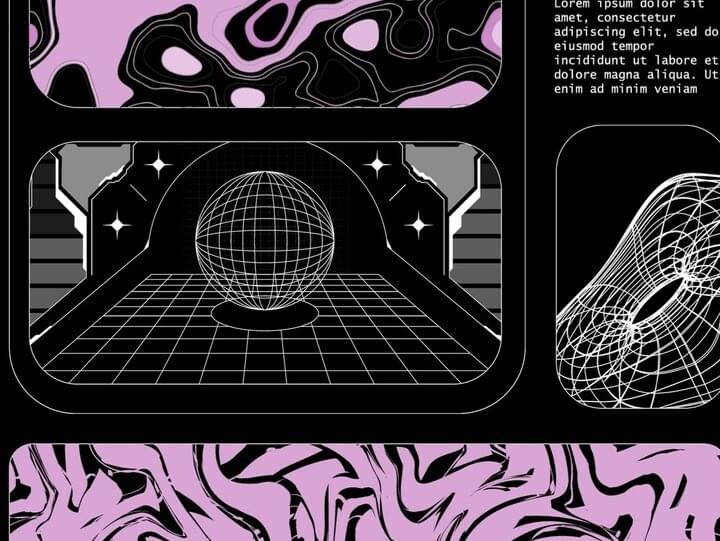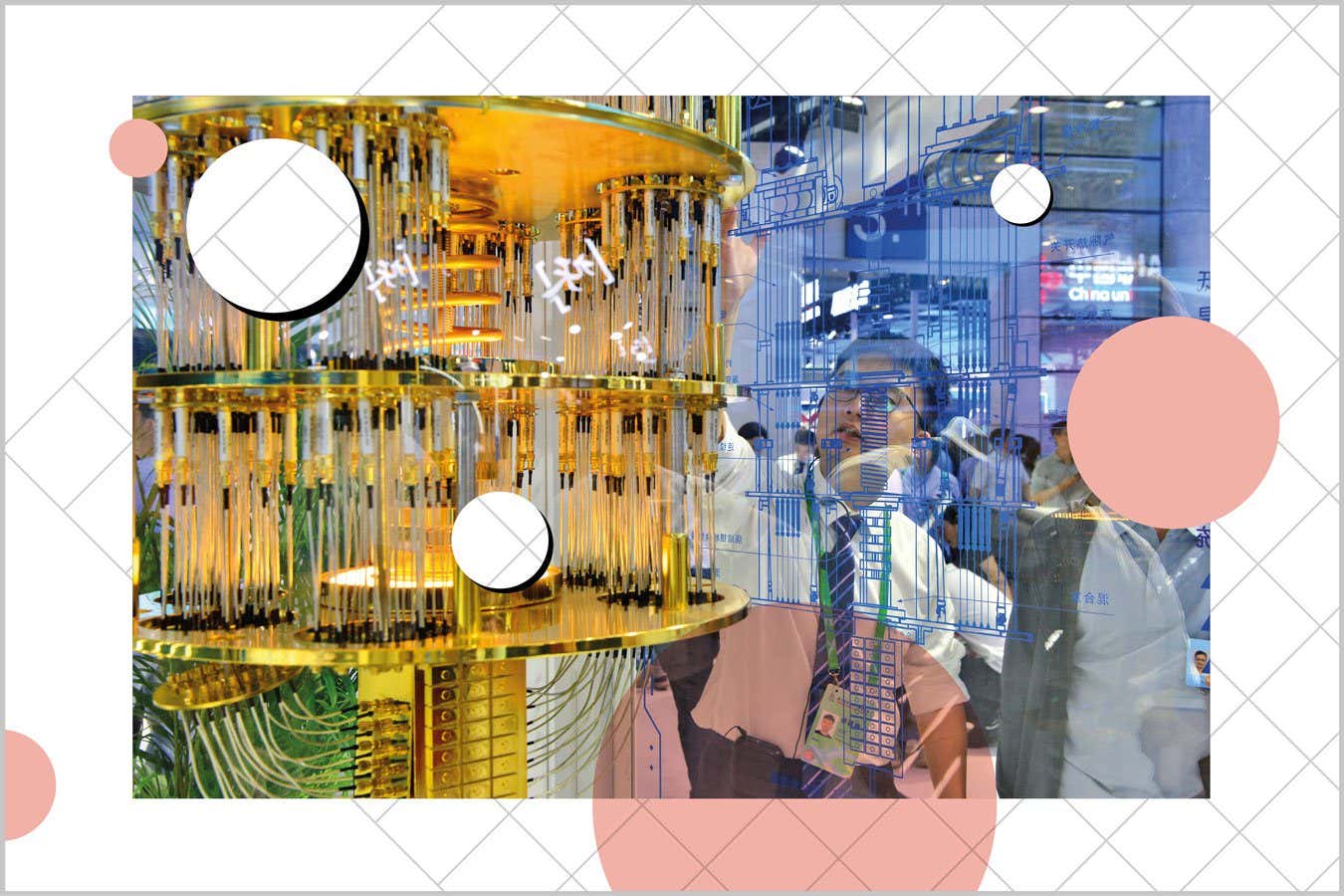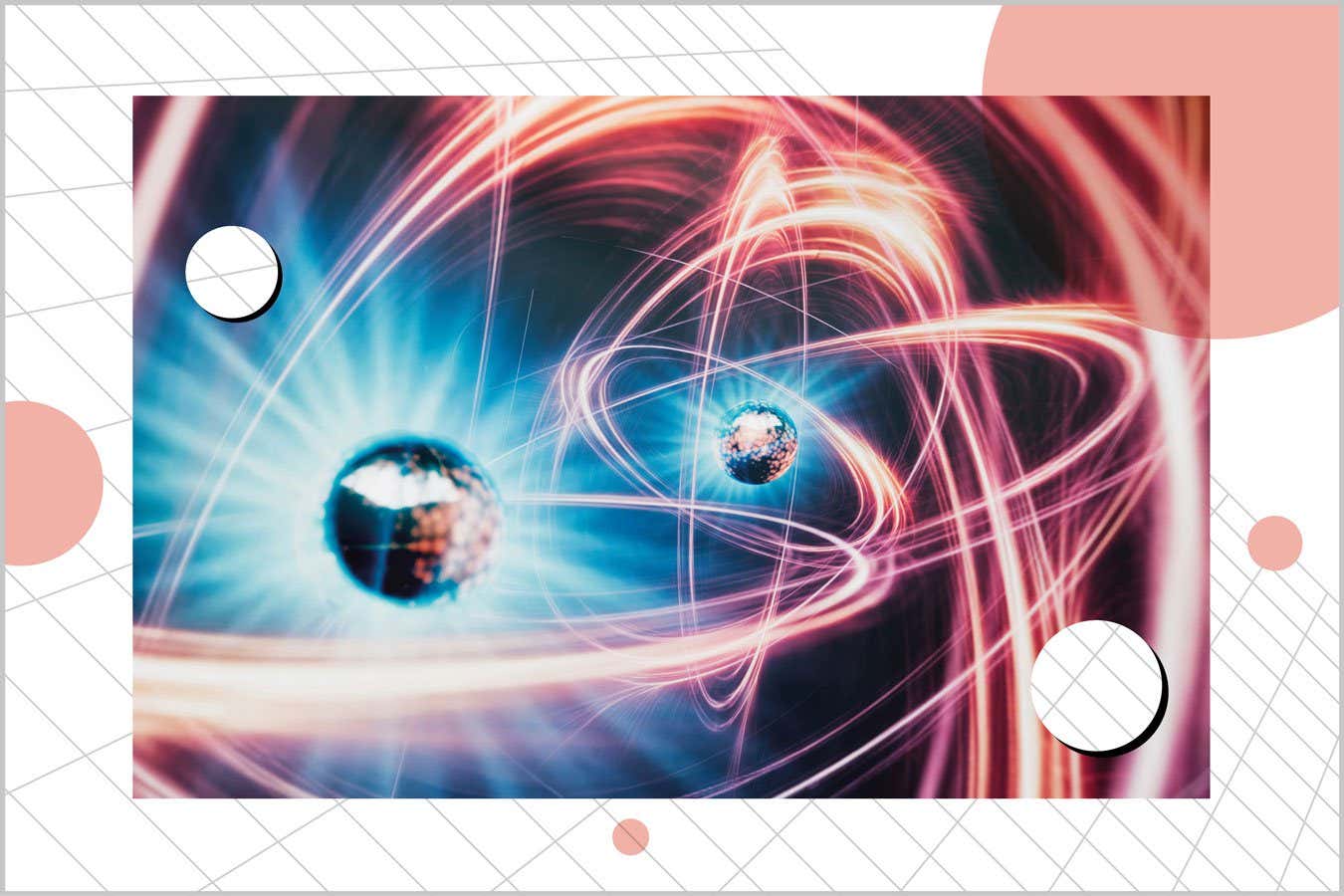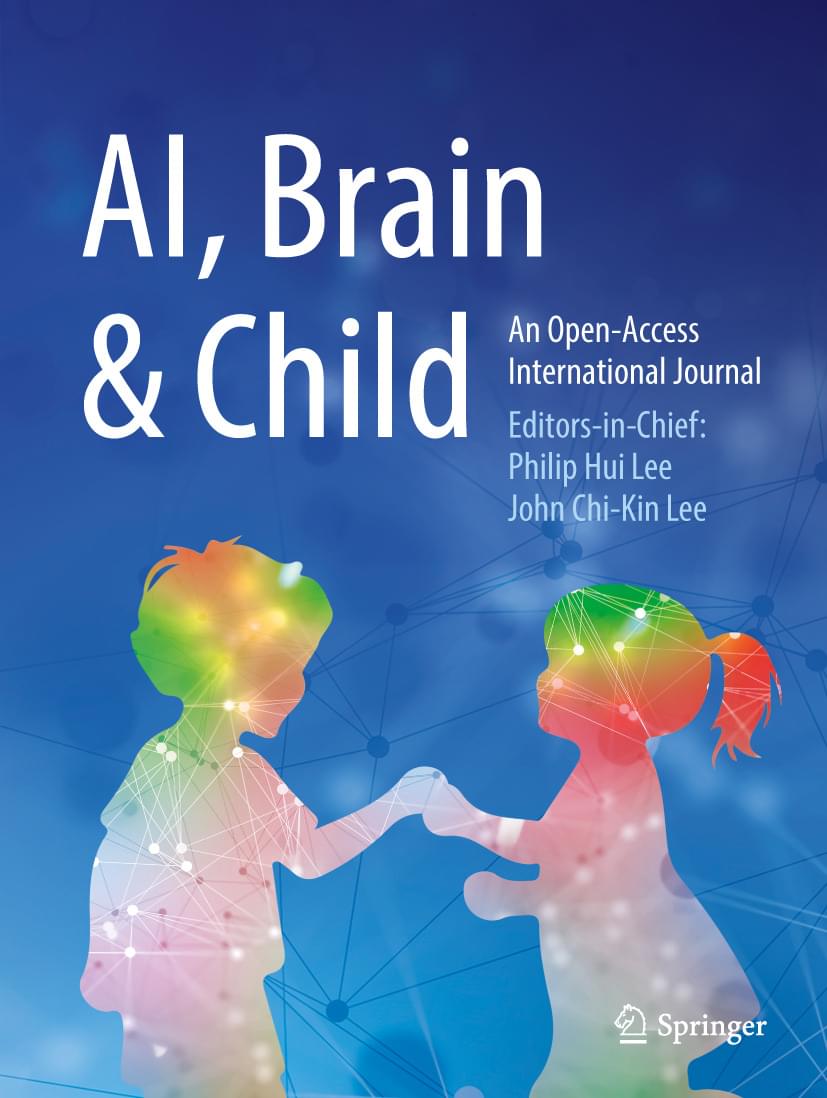Today, at the Living Planet Symposium, ESA revealed the first stunning images from its Biomass satellite mission—marking a major leap forward in our ability to understand how Earth’s forests are changing and exactly how they contribute to the global carbon cycle. But these inaugural glimpses go beyond forests. Remarkably, the satellite is already showing potential to unlock new insights into some of Earth’s most extreme environments.
Get the latest international news and world events from around the world.



Diglycerides Are Associated With An Older Biological Age
And an increased all-cause mortality risk…
Join us on Patreon! https://www.patreon.com/MichaelLustgartenPhD
Discount Links/Affiliates:
Blood testing (where I get the majority of my labs): https://www.ultalabtests.com/partners/michaellustgarten.
At-Home Metabolomics: https://www.iollo.com?ref=michael-lustgarten.
Use Code: CONQUERAGING At Checkout.
Clearly Filtered Water Filter: https://get.aspr.app/SHoPY



#93 Prof. MURRAY SHANAHAN — Consciousness, Embodiment, Language Models
Support us! https://www.patreon.com/mlstProfessor Murray Shanahan is a renowned researcher on sophisticated cognition and its implications for artificial int…

From Turing’s conception of machine intelligence to the evolution of AI in early childhood education: conceptual, empirical, and practical insights
Artificial intelligence (AI) is rapidly permeating many aspects of our everyday lives and nearly every sector of society. In education, AI innovations are increasingly recognized for their transformative potential for enhancing teaching and student learning. In this article, I focus specifically on the evolution of AI in early childhood education (ECE), serving children from birth to age 8. To shed light on this phenomenon, I synthesize pertinent literature to yield conceptual, empirical, and practical insights. I begin with a historical perspective, tracing the origins of Turing’s conception of machine intelligence and the term “AI” to the current practical applications of AI in ECE and AI use by, for, and with children. I then examine developmental appropriateness and ethical considerations surrounding AI use. Next, I identify new opportunities and challenges for early childhood teachers, offering practical recommendations for education leaders and proposing future research directions. Finally, I conclude by reimagining an AI-powered future of ECE, emphasizing the need for supportive practices, active engagement, and the cultivation of positive dispositions among all key stakeholders, who must keep pace with the evolving AI landscape by navigating new opportunities, emerging challenges, and innovative developments. Additionally, I reimagine a transformative educational landscape enriched by student-centered, innovative teaching practices that catalyze learning in an AI-child interactive environment. In this reimagined and progressive educational landscape, the children are empowered with equal opportunities and equitable resources to naturally learn about and from developmentally appropriate AI tools as well as leverage them in ethical and responsible ways to enhance their learning.